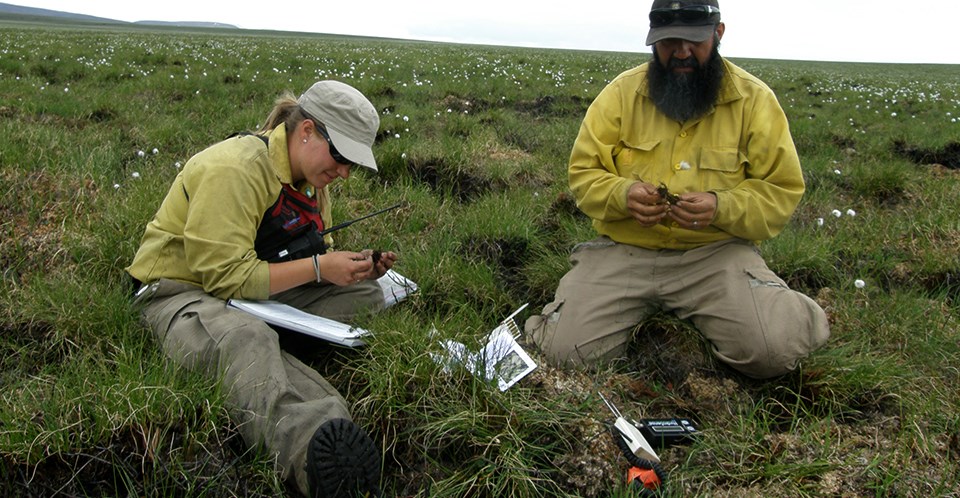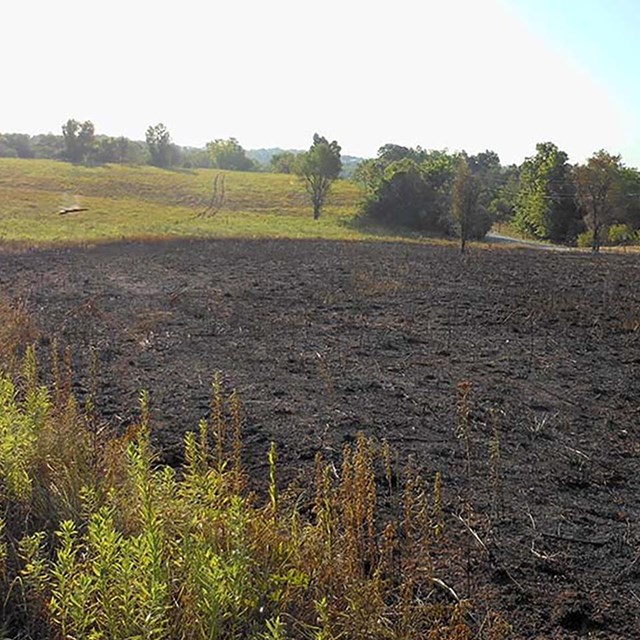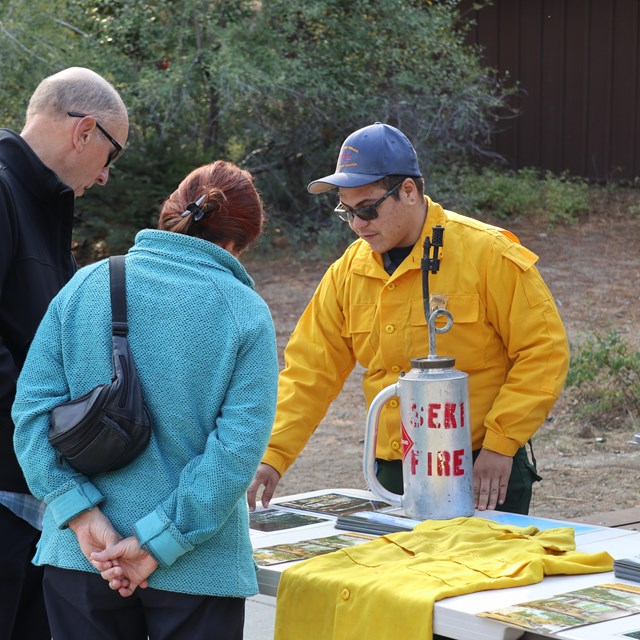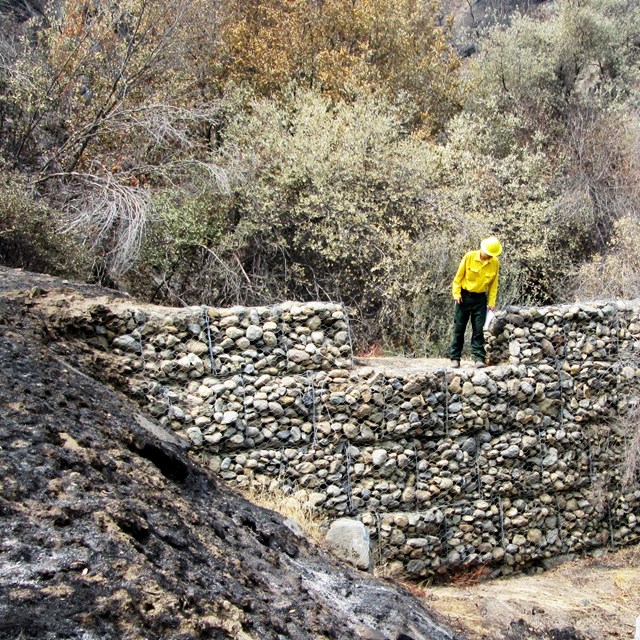- Duration:
- 3 minutes, 43 seconds
The Fire Monitoring Program collects data before, during, and after prescribed burns or lightning-caused fires to characterize the effects of fire on vegetation and fuels. This information helps managers determine if burn objectives are met, and increases our understanding of fire's ecological role in these parks.

NPS/J. BARNES
Scientific study of wildland fire is a cornerstone of fire management. In order to learn about fire’s effects on an ecosystem or assist managers in applying fire to a landscape to meet objectives, information must be gathered and processed. Gathering data about change over time, both pre- and post- fire gives managers valuable information about how ecosystems function.
Ecologists, biologists, botanists, and even archeologists are among the many scientists who study fire.
Has a prescribed fire been successful in allowing native plants to thrive over non-native species? Has animal habitat improved as the result of a wildfire? These questions, and dozens of others, can be answered through scientific study over time, and observing and recording the changes on the landscape. Learn more…
The National Park Service has a strong fire science and ecology program seeks to understand when fires occurred in the past, how plants and animals in various environments respond and adapt to fire, and how fires and their effects may change in the future. Learn more…
Sometimes, scientists have a hand in helping the land to recover after a fire. Many areas in national parks recover from wildfire with no intervention. However, when a fire severely burns an area, rehabilitation of a burned area helps the land recover. Learn more…
Learning from the Parks
-
Study the Scientist: Fire Archeologist
Fire archeologist Jun Kinoshita came to Yosemite National Park in 2001 from a seasonal archeologist position at Klondike Goldrush National Historical Park in Skagway, Alaska.
- Duration:
- 3 minutes, 40 seconds
-
BAER - Burned Area Emergency Response
BAER, or Burned Area Emergency Response gives nature and communities a head start to recovering from a massive wildfire.
- Duration:
- 3 minutes, 4 seconds
Highlights
-
 Fire ecologists monitor fire effectsFire Ecology in the Heartland Network
Fire ecologists monitor fire effectsFire Ecology in the Heartland NetworkFire ecologists monitor, evaluate, and look for trends, helping managers understand whether prescribed fires are achieving park goals.
-
 Benefits of Fire
Benefits of FireHow will a wildfire affect your park visit? Answers to common questions park visitors have when there's a plume of smoke.
-
 Post Wildland Fire Programs
Post Wildland Fire ProgramsAfter a wildfire, the burned landscape is assessed to determine if there are post-fire threats from flash floods and debris flows.
Last updated: January 22, 2020

